- 1806
- 1815
- 1819
- 1829
- 1829
- 1834
- 1837
- 1838
- 1838
- 1838
- 1846
- 1853
- 1860
- 1861
- 1862
- 1864
- 1865
- 1869
- 1873
- 1880
- 1882
- 1885
- 1892
- 1896
- 1899
- 1900
- 1921
- 1931
- 1947
- 2006
- 2013

1806
William Tobias Ringeltaube (1776-1816) of the LMS became the first Protestant missionary to Travancore which he entered through the Aruvaimozhi Pass on 25th April 1806. He then established Travancore's first Protestant Church in Mylaudy, starting with the family and relatives of Vedamanikkam, but the church building could be constructed only in September 1809.
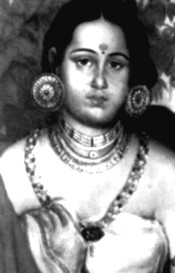
1815
Maharani Sethu Parvathi Bai:
Through the influence of the Resident, Col. Munro, she made a royal grant of the Resident's Bungalow at Nagercoil to the LMS missionaries (presently converted to the Marsden-Mead Chapel at WCC, Nagercoil). She also issued a royal proclamation (neettu) granting Rs. 5000 to purchase 61 acres of paddy fields at Mylaudy and Thamarakulam. It's income was to be used to support the educational work of the LMS in Travancore, specifically the first English school started at Mylaudy in 1809 by Ringeltaube, which was shifted to Nagercoil by Mead in 1819 (known as the LMS seminary), which later developed into the Scott Christian College
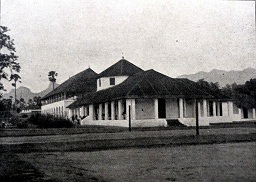
1819
The LMS seminary was established at Nagercoil by Charles Mead, successor of Ringeltaube. It was the first modern school in Travancore and was a continuation of the pallikoodam started by Ringeltaube at Mylaudy. It grew into the later Scott Christian College.

1829
Maharaja Swathi Thirunal, during whose reign the Public Library, the Free School, the Observatory and the Government Press were started in Trivandrum with British help. The Free School was started in 1834 as a private school in the present Ayurveda College premises by John Roberts, headmaster of the LMS seminary (school) at Nagercoil, who was invited to Trivandrum by Swathi Thirunal, The management was taken over by the Raja with Roberts continuing as headmaster of the Raja's Free School, which was shifted in 1836 to the present University College premises. In 1866 it was raised to the status of a college (Maharaja's College, which became today's University College). Roberts provided the help required to start the first church in Trivandrum city, the Cantonment Church, in 1838, adjacent to the Raja's Free School (at the site where the University Library and the side road from VJT Hall were later constructed).
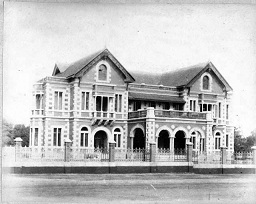
1829
The Public Library was started with a committee headed by Col. Cadogan, the Resident. In 1837, John Roberts was the Secretary. The present building was built in 1900.
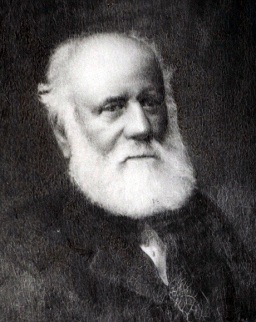
1834
John Roberts, headmaster of the LMS seminary at Nagercoil, started the Free School, which later became the Raja's Free School and developed into the Maharaja's College in 1866 (today's University College). He helped John Cox and became a trustee in the Cantonment church.
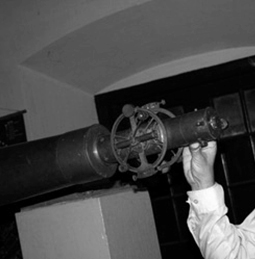
1837
The Trivandrum Observatory was established by John Caldecott, British commercial agent at Aleppey, who donated the first telescope. Caldecott became one of the trustees of the Cantonment church.
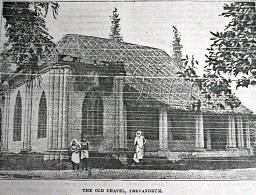
1838
The Cantonment chapel or church, the first Christian church inside the then Trivandrum city limits, was built by the British officers for their own use in the area between the present University Library and the VJT Hall. Services were held by Rev. John Cox, the first LMS missionary to Trivandrum.
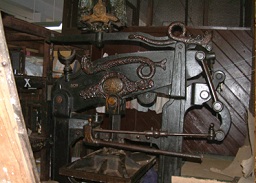
1838
The Government Press at Trivandrum was started with men trained at the LMS Press at Nagercoil (estd. 1820 by Charles Mead) which was the first printing press in Travancore. When Mead settled in Trivandrum, he became the Superintendent in 1863.
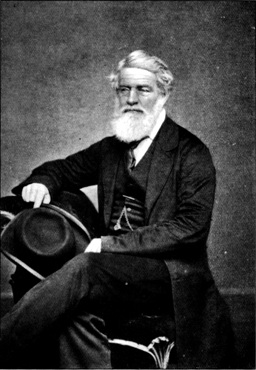
1838
Rev. John Cox of the LMS became the first Christian missionary to be stationed in Trivandrum.He founded the Trivandrum Church at his residence at Pettah on May 13, 1838. Later the worship was shifted to bigger church buildings at different locations - first to the Cantonment church and finally in 1906 to the newly constructed Mateer Memorial church.
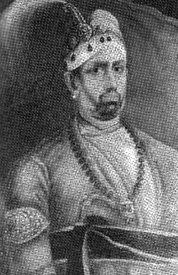
1846
Maharaja Uthram Thirunal:
The LMS missionaries including John Cox joined hands with the CMS missionaries, petitioned the British Governor at Madras and brought pressure on the Travancore government to put an end to slavery. As a result, Maharaja Uthram Thirunal issued an emancipation proclamation in 1855 (at that time there were 136,000 slaves in Travancore according to one estimate, who had no rights, were bought, sold, made to work without wages and killed like cattle).
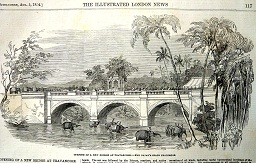
1853
The stone bridge built under the supervision of Lt. Horsley, the Engineer (who was also one of the trustees of the Cantonment church) across the Karamana River was the first such British construction feat in the state. The work had been initiated in the 1840s by Swathi Thirunal.
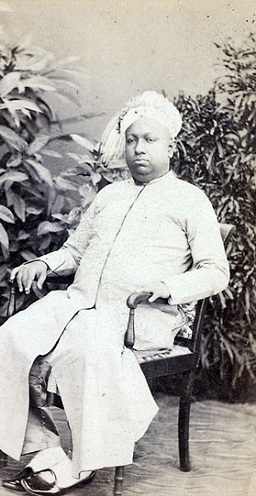
1860
Maharaja Ayilyam Thirunal
After Rev. Charles Mead left the mission, Maharaja Ayilyam Thirunal brought him to Trivandrum as Superintendent of the Government Press, during which Rev. Mead brought newer printing machinery from London. He also granted Rev. Mead the land adjacent to the Malayalam Wing of the University College, which came to be known as Mead's Compound. Rev. Mead died in 1873, and later when his descendants sold the land, it was purchased for the present day Jubilee Hospital by the Latin Catholic Church.
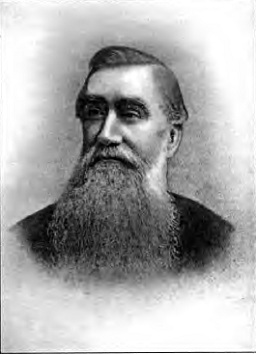
1861
Rev. Samuel Mateer became John Cox's successor as LMS missionary and pastor of the Trivandrum Church. Later he wrote the famous books 'The Land of Charity' and 'Native Life in Travancore'. The composer Mosa Walsalam Sasthriyar was a member of the Trivandrum Church and travelling music evangelist of the LMS.
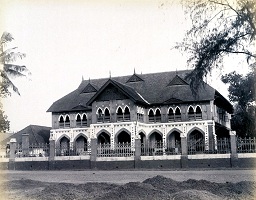
1862
The School of Arts (presently College of Fine Arts) was established. The present building was set up in 1889 and an Industrial School was started in 1890.The establishment of a formal school for arts such as pottery and ivory-carving (with painting being added later on) in the place of traditional home/ village based guilds of craftsmen obviously owes its impetus to the educational work of the LMS missionaries.
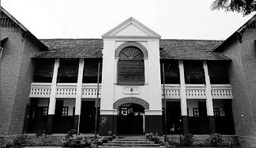
1864
The Fort Mission Girls' High School was started by the Zenana missionary Mrs. Augusta Blandford, who initially worked in co-operation with Samuel Mateer. The present building was built in 1914.
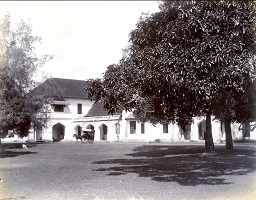
1865
This was the first such modern hospital built by the Travancore government, following the lead of the famous Neyyoor mission hospital of the LMS, whose building was started in 1853. It was known as the Civil Hospital and was under the Durbar Physician.
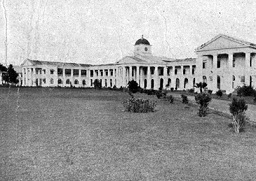
1869
The original Secretariat building or Puthen Katcheri was designed by Chief Engineer Barton and housed the Durbar Hall of the Maharaja.William H Barton's bungalow was at the top of the hill which came to be called Barton Hill. After the humble beginnings at Pettah, the early prominent members of the Trivandrum Church (our congregation) settled close by the British benefactors, such as at Barton Hill, Thycaud (near the Residency) and Bain's Compound.
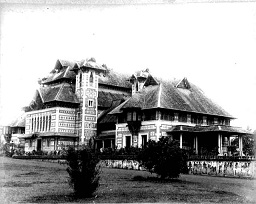
1873
The Napier Museum which began as a private museum at the residence of the astronomer John Allan Broun (successor of Caldecott at the Observatory), occupied an earlier building at the present site till 1873. The present building was completed in 1888 and named after the British Governor of Madras.When Rev. Cox had to leave the mission involuntarily, Broun wrote to the LMS directors in London strongly requesting a second missionary, and informed Rev. Mateer (who was then the Parassala missionary) that he would sponsor the construction of mission premises in the centre of the town. This was some years before the LMS Compound was purchased in 1866.
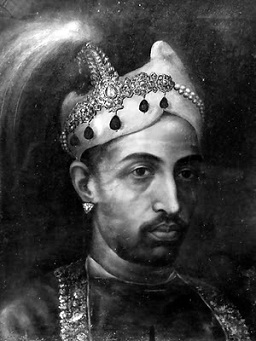
1880
Maharaja Visakham Thirunal
During his reign, with the consecration of a CMS bishop at Kottayam, the CMS made repeated efforts to take over the mission at Trivandrum until the strenuous efforts of the LMS missionaries led to the proposal being abandoned. Rev. Mateer started the first reading room in Trivandrum at this time, subsequently purchasing the Puthenchanthai land in 1884 (LMS building which later housed the CLS Bookshop) for the purpose.
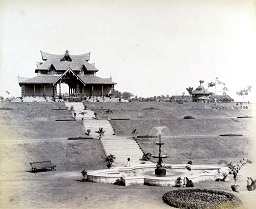
1882
The Golf Links was laid out for the British Residents and officers and is one of the oldest golf courses in India. The golf club building was erected and is said to be formerly the hunting lodge of the maharajas. Later, when Mr. H. T. Wills arrived (1892), he started the first tennis court in Trivandrum, at the site behind the later constructed Mateer Memorial Church, where the TJM Hall stands today. It was to the side of his bungalow, the present-day Bishop's House.
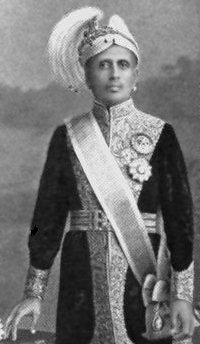
1885
Maharaja Sreemoolam Thirunal
Major milestones in connection with our church, such as laying the foundation stone for the new church building in 1897 (when the Cantonment Church became too small to hold our congregation) and dedication of our new building in 1906 (the Mateer Memorial Church) occurred during his reign. The Wills Hostel was constructed in 1896-99.
1892
Mr. H T Wills, a layman, arrived as city missionary to work along with Samuel Mateer. His biggest contribution was the Wills Hostel in memory of his father S D Wills, by which he aimed to attract Syrian Christian and high caste Hindu students of the Maharajas's College to the gospel.
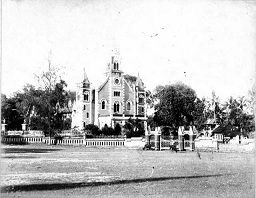
1896
The Victoria Jubilee Town Hall was inaugurated in 1896 and was built in the Victorian gothic style. The Chief Engineer was A. H. Jacob. One of his successors as Chief Engineer, Arthur H. Bastow, revised the plan for the construction of Mateer Memorial Church and inspected its progress, at the request of missionary Arthur Parker. During Christmas 1902, Rev. Parker organised a sale at the VJT Hall as part of fund-raising efforts for the new church building.
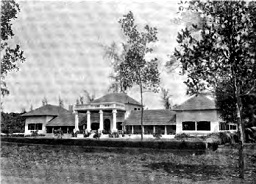
1899
The Wills Hostel, originally called the S D Wills Memorial Hostel for Men, was built by the LMS lay missionary H T Wills. Mr Wills inaugurated tennis playing in the city, with his tennis court between the M M Church and the Wills Bungalow (present Bishop's House).

1900
Rev Arthur Parker, LMS missionary at Benares, took charge of the Trivandrum mission. It was during his time that the actual construction of the new church building in memory of Mateer was carried out, and it was dedicated in 1906.
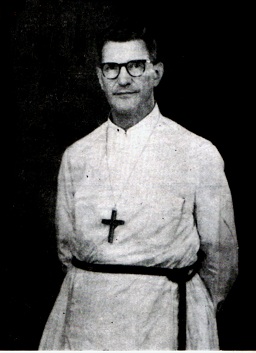
1921
Rev Arnold H Legg became the last LMS missionary in Trivandrum. He subsequently became the first Bishop in South Travancore when the CSI was formed in 1947.
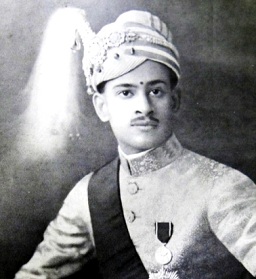
1931
Maharaja Sree Chithira Thirunal:
The formation of the South Travancore diocese of the CSI, with Rt. Rev. A. H. Legg as the first bishop, took place during the reign of the last Maharaja. The foundation stone for the TJM Hall (Triple Jubilee Memorial) was laid in 1945, in commemoration of the 150th year of the LMS (founded in 1795).
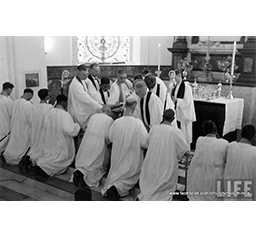
1947
Formation of the CSI:
The unprecedented and historic union of SIUC (i.e. former Congregational and Presbyterian Churches), Anglican and Methodist Churches led to the formation of the CSI (Church of South India) which was inaugurated on 27 September 1947 at St. George's Cathedral, Madras. Our pastor Rev. Sam A. Sobhanam and two laymen represented our church on the occasion.
2006
The centenary of our church building (erected in 1906) was celebrated in 2006. A new mission field was adopted at Kalrayan Hills, Salem, and centenary memorial churches were built at Vizhavoor and Kuravankonam. 41 houses were constructed for homeless people and 10 poor marriages were conducted.
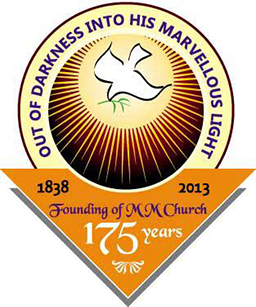
2013
Our church, started in 1838 at Pettah by Rev. Cox, completed 175 years and a Commemoration and Thanksgiving Service was held on Sunday, 12th May, 3013.